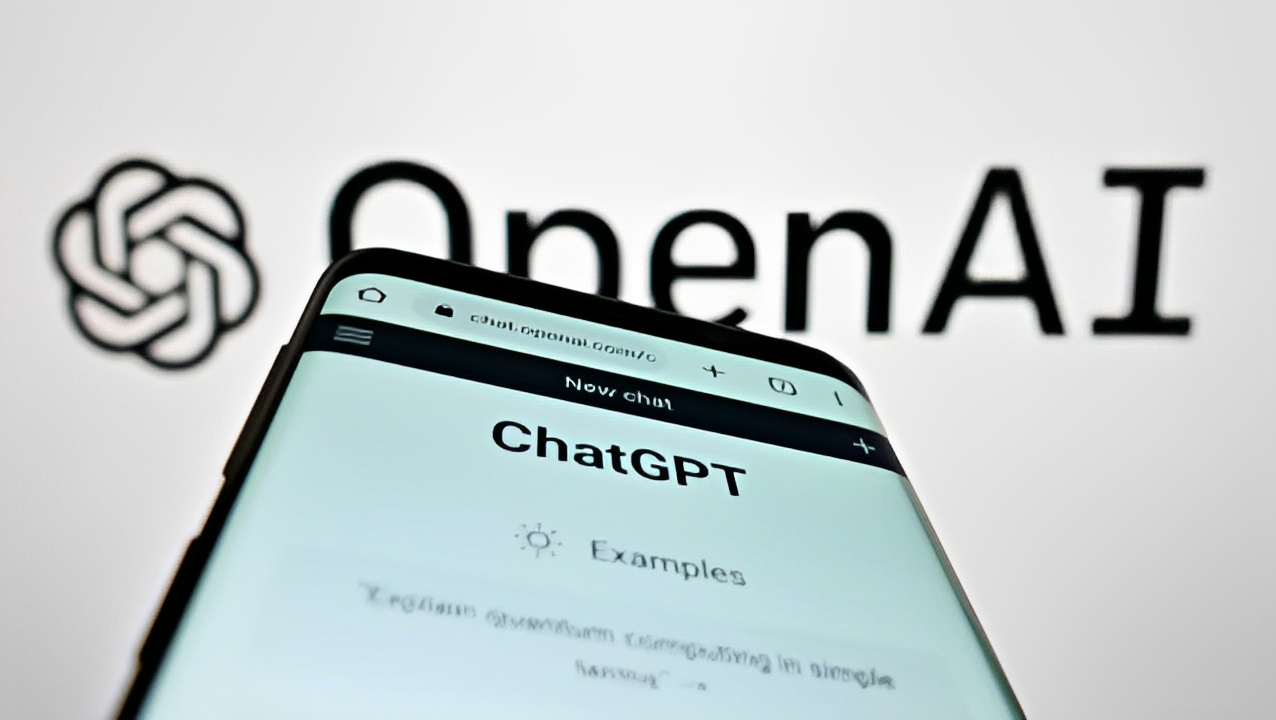ChatGPT, or Generative Pre-trained Transformer, is a language model developed by OpenAI. It is a deep learning model that has been trained on a massive dataset of over 40GB of text data, allowing it to generate human-like text and perform a variety of natural language processing tasks.
One of the key capabilities of ChatGPT is text generation. It can be fine-tuned on specific tasks such as writing creative fiction, composing poetry, or even creating code. This makes it a powerful tool for content creation and can be used in various fields like literature, journalism, advertising, and more.
Another important feature of ChatGPT is its ability to perform language understanding tasks. It can be fine-tuned to answer questions, summarize text, or even translate between languages. This makes it a valuable tool for building conversational AI systems, chatbots, and other language-based applications.
ChatGPT can also be used for text classification, which is the process of assigning predefined categories to a given text. This can be useful for identifying the sentiment of a given text, detecting spam emails, or even identifying the topic of a given text.
ChatGPT is also capable of performing a variety of other natural language processing tasks, including text generation, text summarization, text completion, text classification, and more. It is a versatile model that can be fine-tuned for a wide range of applications, making it a valuable tool for researchers, developers, and businesses alike.
Overall, ChatGPT is a powerful language model that has a wide range of capabilities. It can be used for text generation, language understanding, text classification, and many other natural language processing tasks. Its ability to be fine-tuned for specific tasks makes it a versatile tool that can be applied in various fields, from creative writing to building conversational AI systems.









